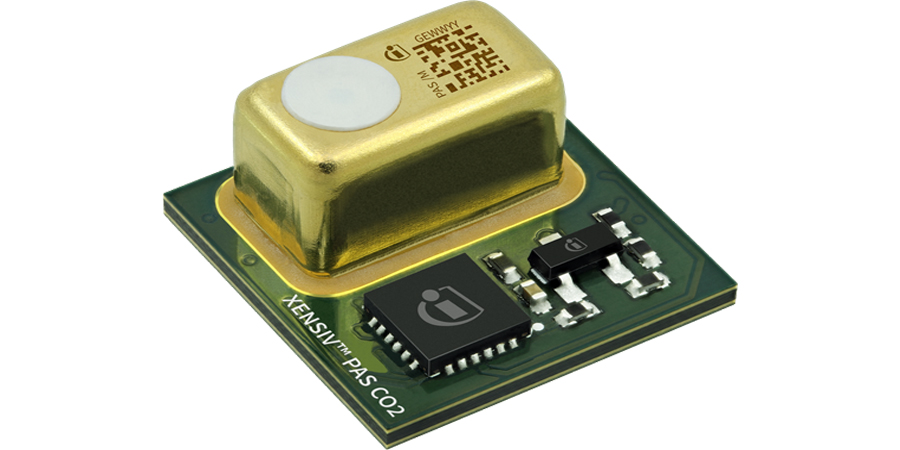As part of the global effort for decarbonization, improving the energy efficiency of buildings is a critical part of the solution. To help address this requirement, Infineon Technologies AG (FSE: IFX / OTCQX: IFNNY) provides the XENSIV PAS CO2 sensor for greener buildings. Today, Infineon announces its XENSIV PAS CO2 has passed the performance requirements defined by the internationally recognized green building certifications WELL and LEED. Specifically, the sensor contributes to 5 WELL features (e.g. ventilation design, air quality monitoring and awareness), and 6 LEED credits (e.g. optimized energy performance and enhanced indoor air quality strategies). These contributions enable buildings that pursue a certification to earn a maximum of 28 points for LEED and up to six points for WELL.
These qualifications have been confirmed by a strategic assessment conducted by GREENMAP, a program developed by Italy’s leading green building innovation center Habitech. The organization is accredited for WELL performance testing and is a proven LEED provider.
“Our goal is to help companies promote sustainability as part of their strategy to foster innovation and development. GREENMAP enables organizations to reveal the value of products, which contribute to a greener future. Working together with Infineon gave us the opportunity to appreciate their research, applications, and strong commitment to sustainable development, decarbonization and digitalization,” said Laura Pighi, GREENMAP Chief Program Officer.
“Environmental sensing is a pillar in our growing software-driven sensor solutions. Our XENSIV PAS CO2 offers a sensor solution that provides a healthier environment for occupants, and increases the operating efficiency of ventilation systems for well-being, while significantly reducing energy demand and CO2 emissions,” said Jan-Hendrik Sewing, Head of Radio Frequency and Sensors Business, Infineon.
So far NDIR has been considered the state-of-the-art technology for CO2 sensors. The XENSIV PAS CO2 has now proven that the Photo-Acoustic Spectroscopy (PAS) principle officially meets the sensor technology requirements approved by WELL. Infineon’s CO2 sensor equals the performance of high-end NDIR solutions in a four times smaller size.
Green buildings have become a strategic priority for organizations that want to promote occupants’ well-being, increase productivity, save energy costs and meet environmental, social and governance (ESG) goals. Infineon’s XENSIV PAS CO2 sensor contributes to buildings that require WELL and LEED certifications. This can mean adjusting the fresh air supply based on real-time occupancy and providing occupants with a more comfortable environment. The real-time and accurate data output can be used to remove CO2 pollutants and improve indoor air quality through demand-controlled ventilation. This results in up to 30 percent energy savings, higher levels of comfort, well-being and productivity. The XENSIV PAS CO2 sensor, in combination with HVAC (Heating, Ventilation, Air Conditioning) systems, is a perfect example of how Infineon drives decarbonization and digitalization.
The XENSIV PAS CO2 is a CO2 sensor based on the Photo-Acoustic Spectroscopy (PAS) technology. The sensor provides real-time measurements for indoor air quality and enables energy-efficient implementation strategies to maintain a healthy indoor environment. The sensor integrates in a small form factor module: a PAS transducer (MEMS acoustic detector, infrared source and optical filter); a microcontroller for signal processing and algorithms; and a MOSFET chip to drive the infrared source. The integrated microcontroller performs ppm calculations, advanced compensation and self-calibration algorithms.
The exceptional sensitivity of the acoustic detector enables best-in class accuracy, while its miniaturized size reduces space requirements by more than 75 percent compared to other commercially available real CO2 sensors.







